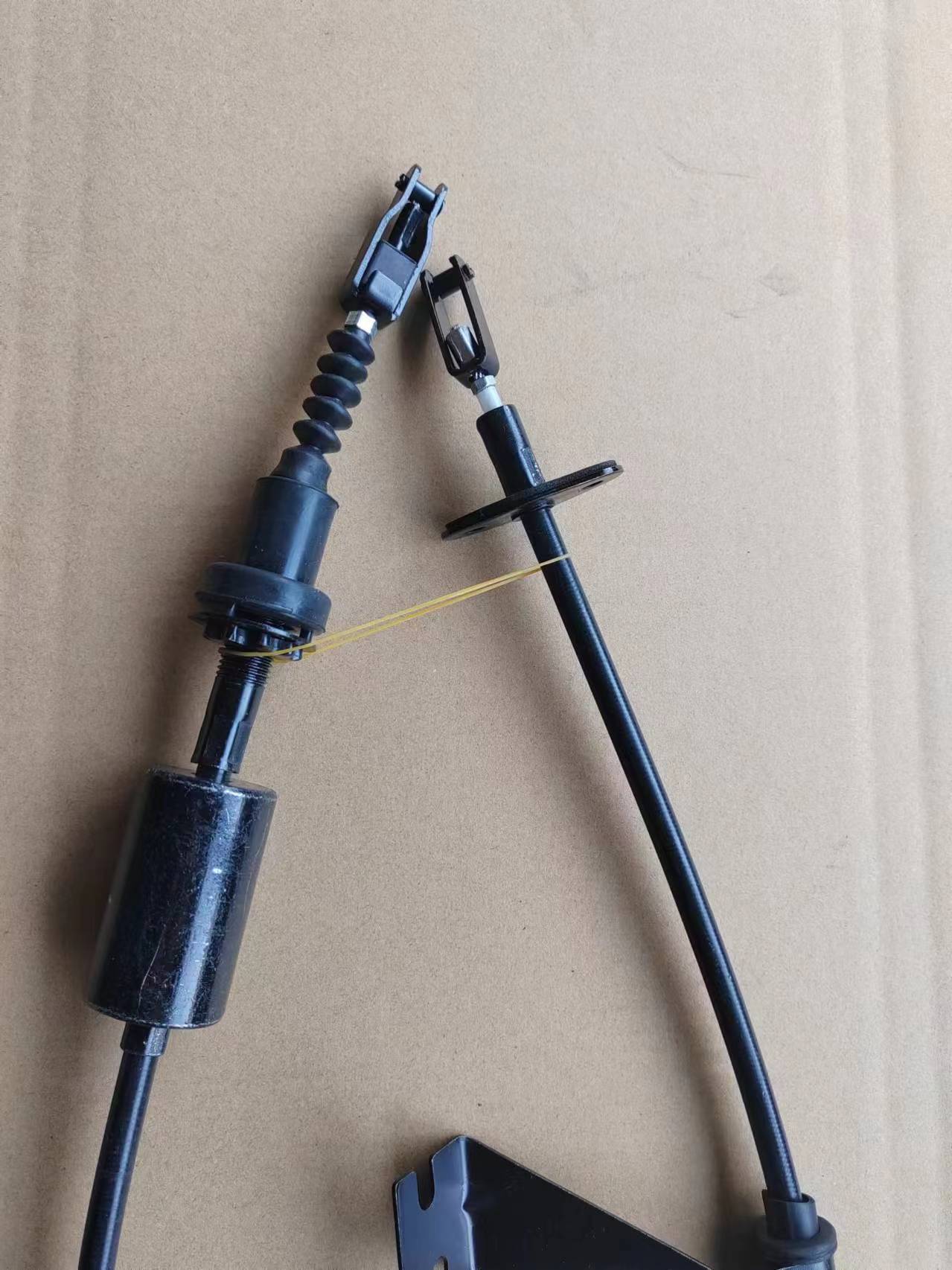Cable Throttle System for Go-Karts Enhancing Performance and Control
Understanding Go-Kart Cable Throttle Mechanics and Performance
Go-kart racing is a thrilling sport that attracts enthusiasts of all ages. One of the critical components that significantly affects a go-kart's performance is the throttle system. Among various throttle types, the cable throttle system is particularly popular due to its simplicity, reliability, and ease of maintenance. In this article, we will explore the mechanics, advantages, and factors to consider regarding go-kart cable throttles.
What is a Cable Throttle?
A cable throttle operates using a mechanical cable that connects the throttle pedal to the carburetor or throttle body. When the driver presses the pedal, it pulls the cable, which in turn opens the throttle valve in the engine's air intake system. This process allows more air and fuel to enter the engine, facilitating increased power and acceleration. The direct mechanical connection between the pedal and the throttle gives drivers immediate feedback, making it easier to control speed effectively.
Mechanics of Cable Throttles
The basic setup of a cable throttle involves three key components the throttle pedal, the throttle cable, and the throttle body or carburetor.
1. Throttle Pedal Positioned within the driver’s reach, this pedal is designed for easy access and comfort. Pressing it down activates the cable.
2. Throttle Cable The cable itself is usually made from durable materials such as steel, ensuring it can withstand tension and repetitive movement without breaking down. It's housed in a protective sheath to minimize friction and wear.
3. Throttle Body/Carburetor When the driver presses the throttle pedal, the cable pulls on the throttle body or carburetor mechanism, opening the throttle valve. This adjustment allows the engine to draw in more air, leading to increased power output.
go kart cable throttle

Advantages of Cable Throttle Systems
One of the main advantages of using a cable throttle system in go-karts is simplicity. A minimalistic design means fewer parts that can fail, resulting in lower maintenance and repair costs. Additionally, the direct connection of the throttle movement to engine performance offers an engaging driving experience, allowing drivers to feel more connected to their karts.
Another significant benefit is customization. Go-kart enthusiasts can easily adjust cable tension or even replace cables to suit their driving style or to accommodate various racing conditions. This level of control enables drivers to modify their go-kart's performance, optimizing it for speed or handling based on track conditions.
Considerations for Cable Throttles
While cable throttles offer numerous benefits, they also come with some considerations. One potential downside is the possibility of cable wear or fraying over time. Regular inspections of the throttle cable are essential to ensure safe and reliable operation. If the cable becomes damaged, it could lead to throttle sticking or failure, which could be dangerous during a race.
Another consideration is the responsiveness of the throttle. While many drivers appreciate the direct feedback of a cable system, it can sometimes feel less responsive than electronic throttle systems, particularly in finely-tuned racing scenarios. Drivers should take time to become accustomed to their go-kart's throttle response to achieve optimal performance.
Conclusion
The go-kart cable throttle presents a blend of simplicity and effectiveness that has made it a staple in the karting world. Understanding the mechanics behind this system can enhance a driver's ability to maintain and operate their go-kart effectively. While the cable throttle offers various advantages, being aware of its limitations is equally essential for a successful racing experience. By ensuring proper maintenance and tuning, go-kart enthusiasts can enjoy the exhilarating challenge of racing while fully utilizing the potential of their cable throttle systems. Whether you are a seasoned racer or a newcomer to the sport, the connection between the throttle pedal and your experience on the track is undeniable.
-
Workings of Clutch Pipe and Hose SystemsNewsJun.04,2025
-
The Inner Workings of Hand Brake Cable SystemsNewsJun.04,2025
-
The Secrets of Throttle and Accelerator CablesNewsJun.04,2025
-
The Hidden Lifeline of Your Transmission Gear Shift CablesNewsJun.04,2025
-
Demystifying Gear Cables and Shift LinkagesNewsJun.04,2025
-
Decoding Clutch Line Systems A Comprehensive GuideNewsJun.04,2025
